Table of Contents
- The Impact of Hail on Your Roof - The Roofing Center
- What is Precipitation | Type of Precipitation | Cyclonic Precipitation ...
- Hail series (Part 3): Forecasting hail and insurance implications ...
- Tips to Protecting Your Property From Hail - Property Management
- Supercell thunderstorms pound Texas with powerful hailstorms in video ...
- Hail - Our sky
- Hail Damage Roof | What Does Hail Damage Look Like on a Roof
- How Hail Can Affect Your Roof - Modernize
- How to Spot Hail Damage on Your Roof A Hail Damage Roof Inspection Guide
- What the Hail?!
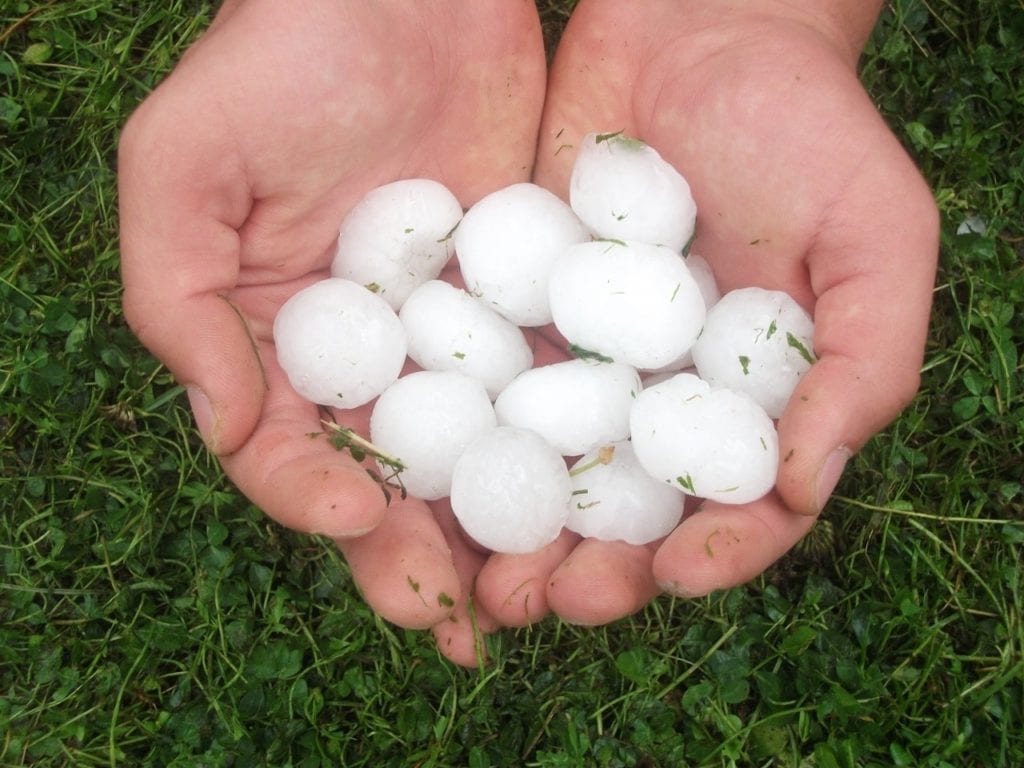
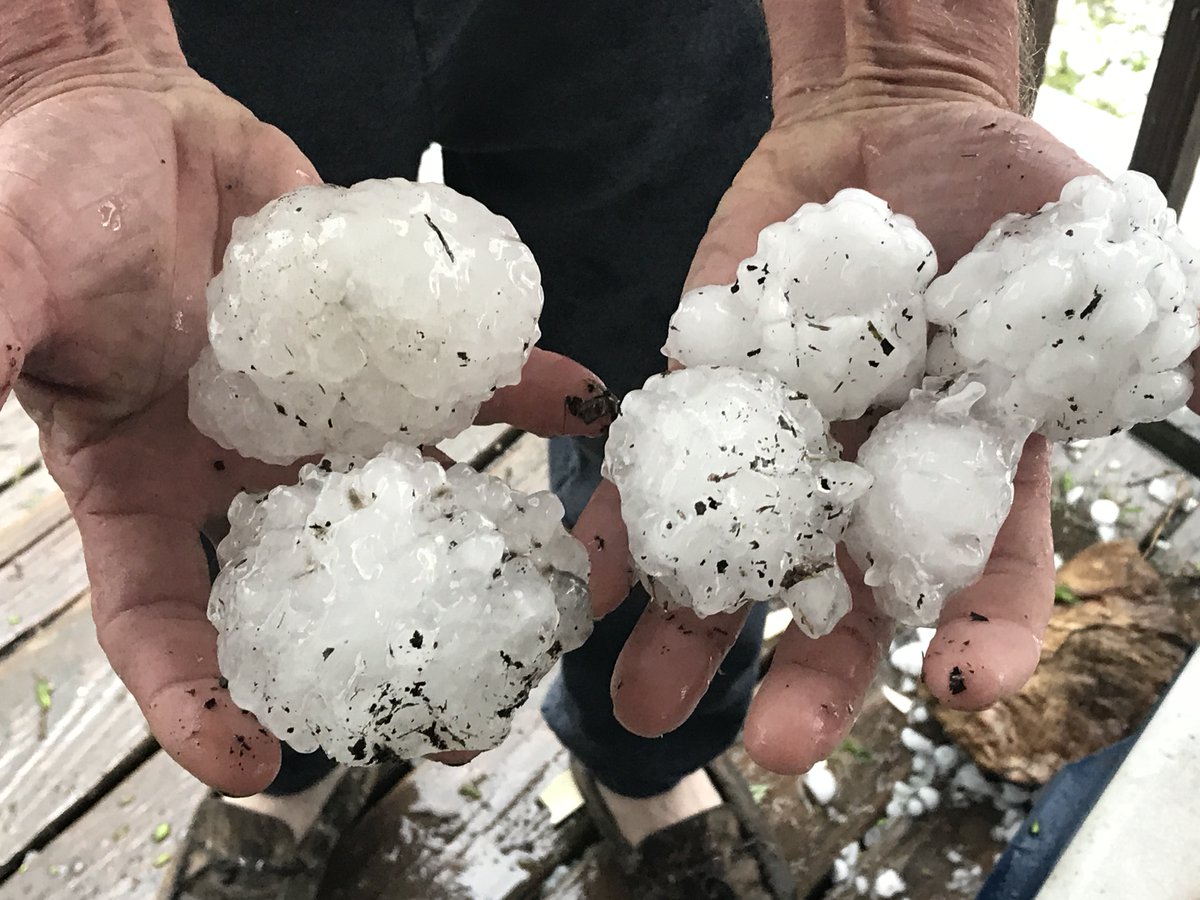
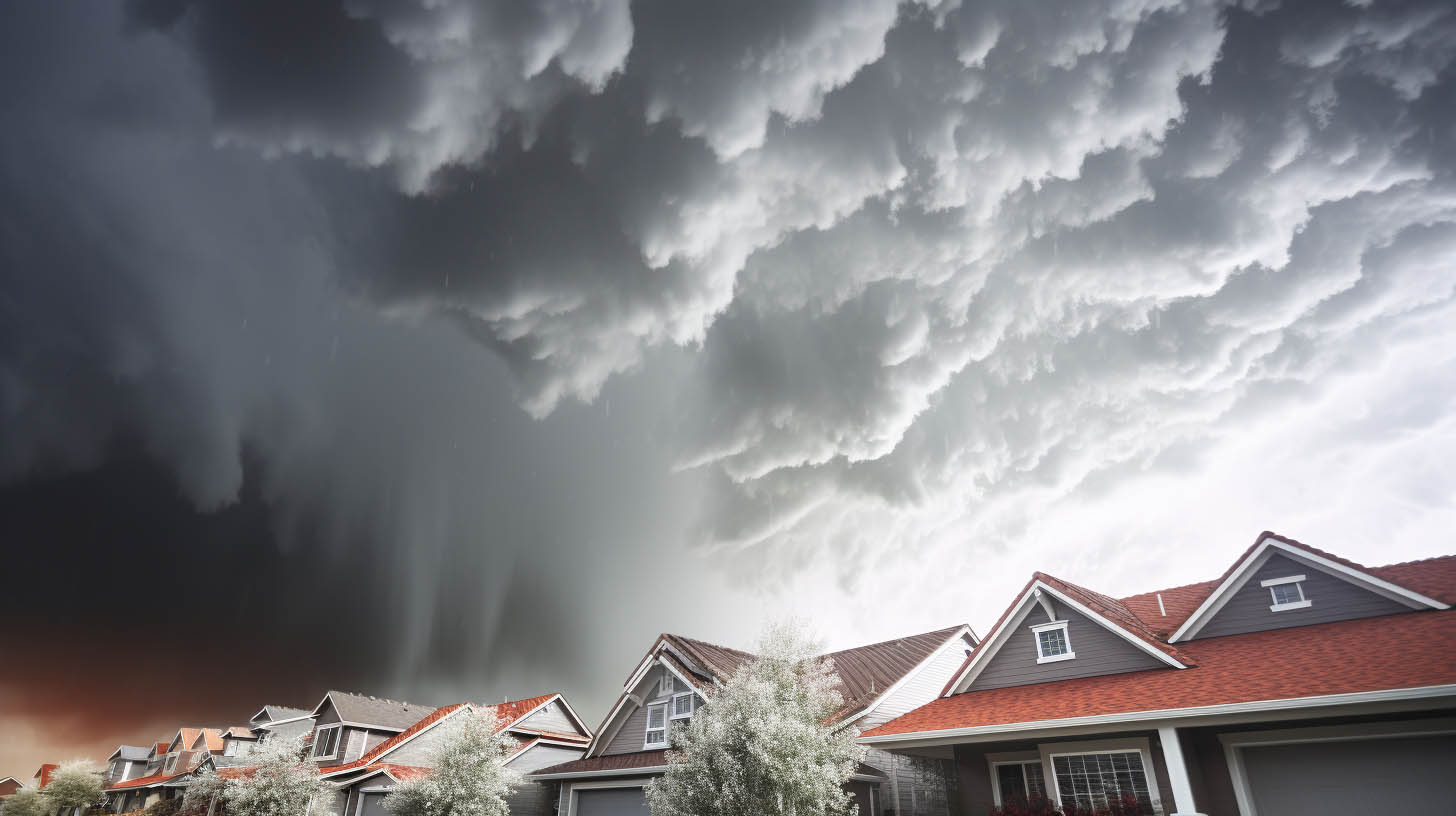
What is Hail?

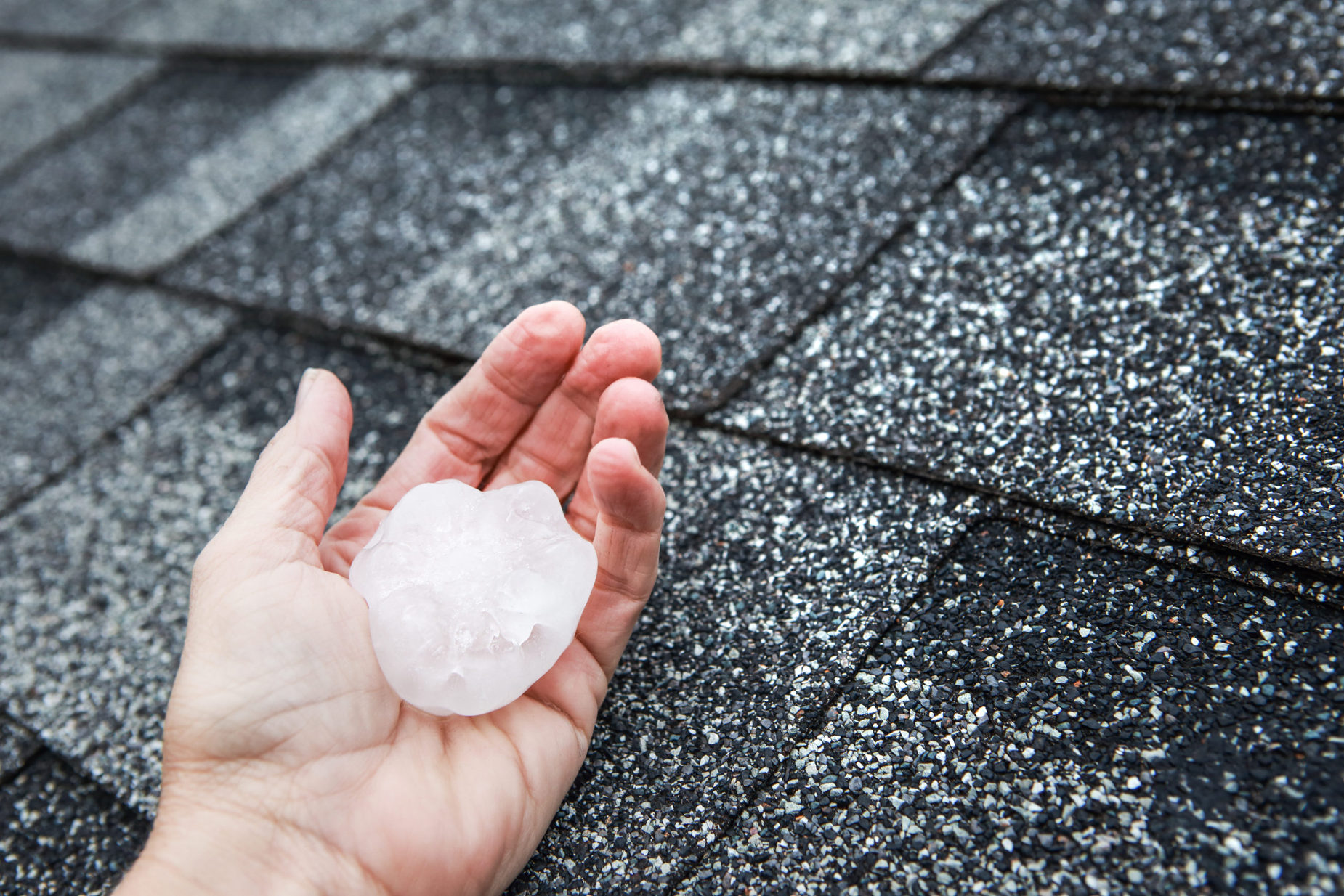

Formation of Hail
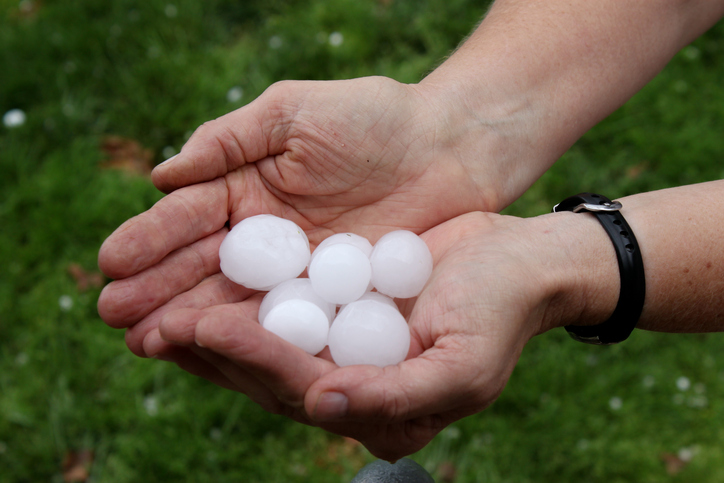

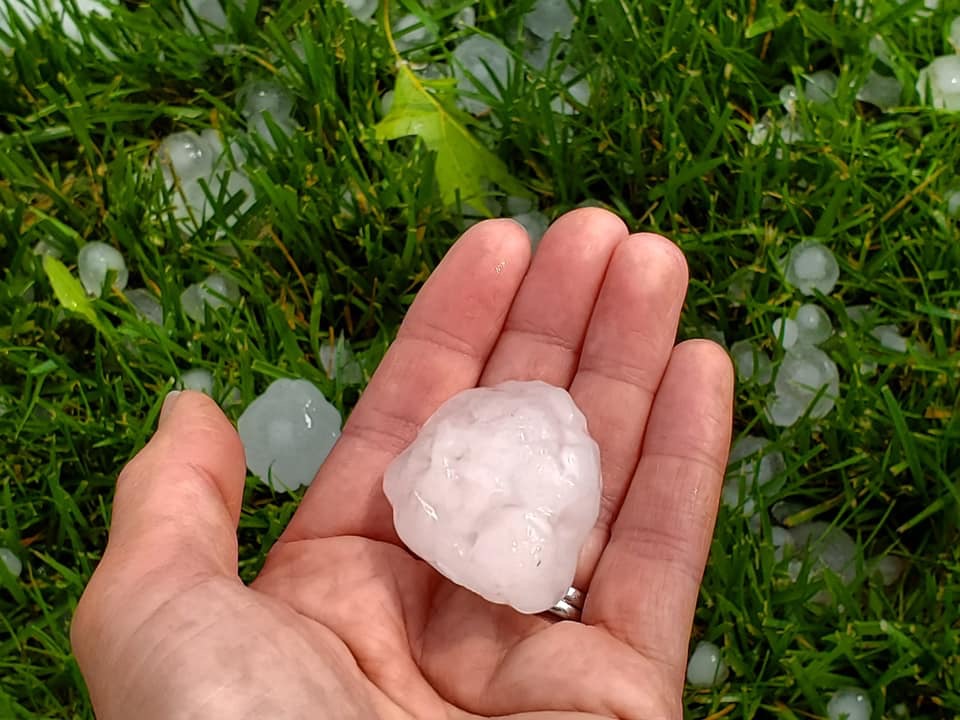
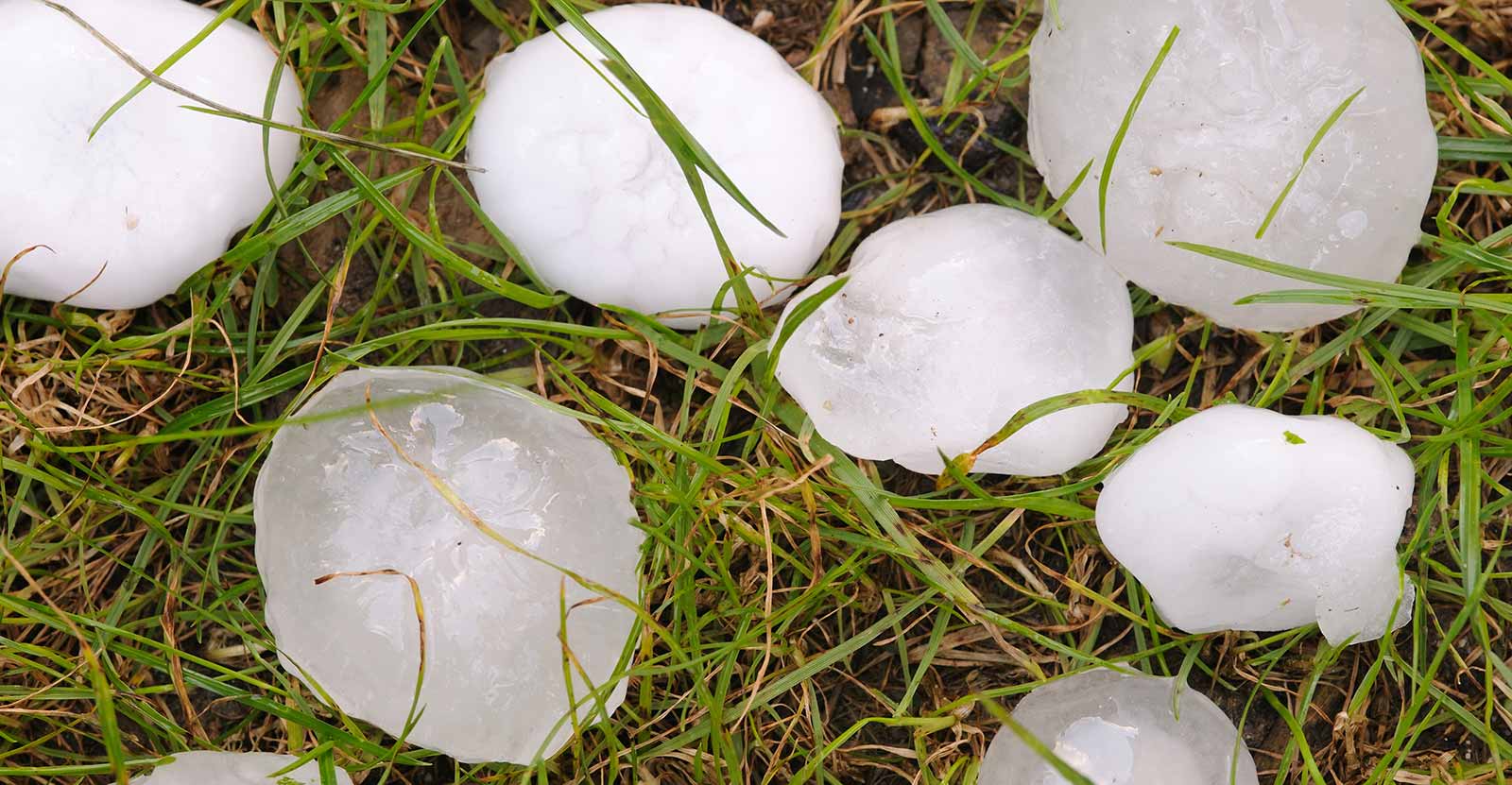
Interesting Facts About Hail
Here are some fascinating facts about hail that you might not know: Largest Hailstone: The largest hailstone ever recorded was 8 inches (20.3 cm) in diameter and weighed 1.9 pounds (0.9 kg). Hail Storms: Hail storms can occur anywhere in the world, but they are most common in areas with frequent thunderstorms, such as the Great Plains in the United States. Damage from Hail: Hail can cause significant damage to crops, buildings, and vehicles, resulting in millions of dollars in losses each year. Hail in History: Hail has been recorded in history as far back as ancient civilizations, with references to hail storms in the Bible and other ancient texts. Hail is a fascinating and complex weather phenomenon that continues to capture the imagination of scientists and the general public alike. By understanding the definition, formation, and interesting facts about hail, we can better appreciate the power and beauty of nature. Whether you're a student working on a science project or simply a curious learner, we hope this article has provided you with a comprehensive overview of hail and its significance in the world of meteorology.For more information and resources on hail and other weather-related topics, be sure to check out our science notes and projects section. Happy learning!